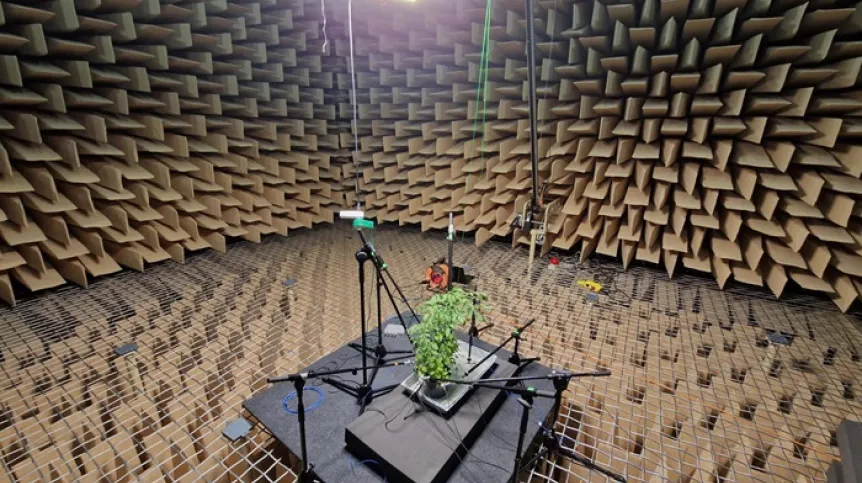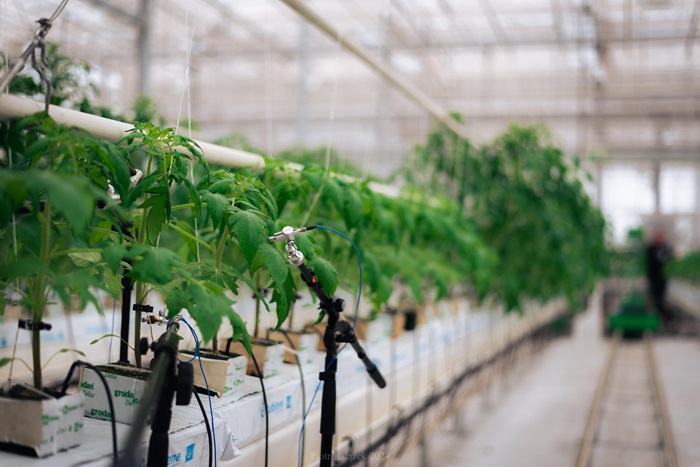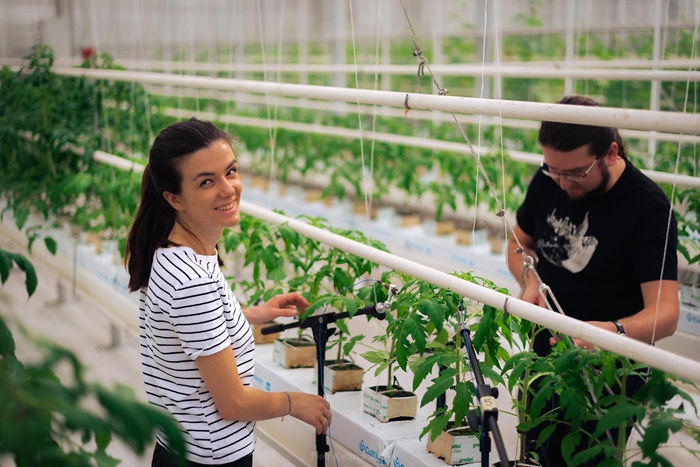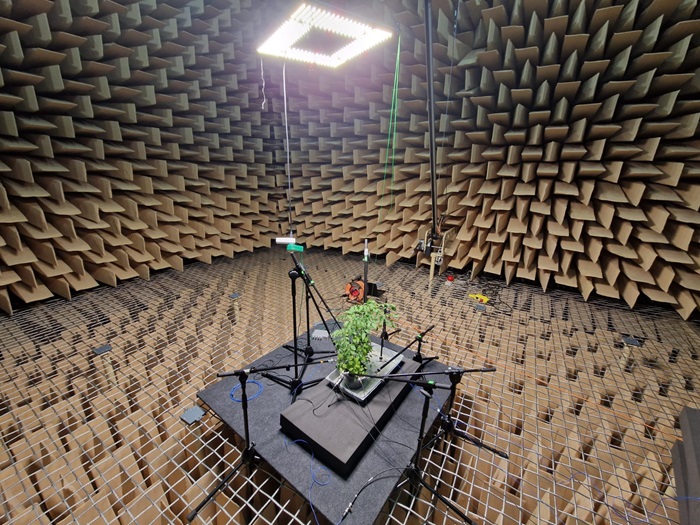
Scientists from the AGH University of Science and Technology in Kraków and the Wrocław University of Environmental and Life Sciences are investigating whether plants emit sounds in stressful situations, such as water shortage, excessive dryness or pest attacks.
Plants make sounds at frequencies inaudible to the human ear, which is why acousticians from AGH UST are trying to record sounds emitted by plants using specialist microphones sensitive to ultrasounds.
In the near future, data provided by acousticians may support horticulturists and improve the quality of cultivated plants.
'We consider such research to be innovative, and obtained results may be helpful for example in the research on stress in plants caused by physiological factors like water shortage, excessive temperature, deficiencies of nutrients, as well as those caused by diseases and pests. In horticultural production, recognising what is the problem quickly and in a non-invasive manner determines the effectiveness of actions undertaken by producers. This fits in with the broadly understood actions related to integrated production', says Dr. Janusz Mazurek from the Department of Horticulture at the Wrocław University of Environmental and Life Sciences.

The first and second stages of the research have already been completed. More are planned.
In the first stage, acousticians from AGH UST recorded sounds emitted by plants in experimental glasshouses of the Centre of Advanced Horticultural Production Technologies at the Wrocław University of Environmental and Life Sciences. In the second stage, the researchers eavesdropped on plants in an anechoic chamber of the Technical Acoustics Laboratory at the AGH University in Kraków.
In the greenhouse in Wrocław, scientists tried to capture the sounds of tomato seedlings which grow quite fast under the right conditions. The tomatoes studied reached up to 30 cm per week. 'The glasshouse measurements have proven that the plants have in fact emitted ultrasound impulses and their frequency changed depending on the time of day. The plants generated more impulses during the day', says Dr Bartłomiej Chojnacki from the Technical Acoustics Laboratory at the AGH University.
The sounds generated by plants are the so-called impulse noise which, as acousticians explain, is easily distinguishable from the constant noise generated by lights, equipment, or people. Therefore, the results obtained in the Wrocław greenhouses confirm the implications of the few studies conducted so far (the results of a study conducted on plants have been published by a team from Tel Aviv University).

Measurements in the AGH UST anechoic chamber were conducted in fully controlled conditions. Microphones well-suited for bioacoustics studies were used. With this equipment, scientists are able to register sounds above 200 kHz. Therefore, the measuring range allows to experiments with various plants, ones that emit impulses of various frequencies. The tomatoes under study made noises in the range of 20–50 kHz.
'Grains or, for example, grape vine would call for different equipment with much higher sensitivity to ultrasounds and wider frequency range. As per the literature available, these plants emit impulses in the range of 80–150 kHz', says Dr Bartłomiej Chojnacki from the AGH University.
The research in the AGH anechoic chamber lasted several weeks. The researchers placed the plant in a controlled acoustic environment with acoustic background below 0 dB and without additional sound reflections, then they surrounded the plant with 8 specialist microphones. In this way, in addition to the signal recording itself, they could also examine the sound directivity, i.e. the direction in which the sound is emitted. 'It is a novelty in the research on sounds generated by plants. Based on studies conducted in such manner, we will be able to determine which element of the plant emits sounds and then analyse where it originates from', Chojnacki explains.

A few seedlings were studied. At first, the researcher kept fertilising and watering them to obtain control data, and then the plants were over-dried until they became completely dry.
The preliminary analysis of the data obtained at AGH UST indicates that the impulses of tomatoes reached 30–50 kHz, as in the case of glasshouses. The impulses intensified when the plant was dry.
The scientists point out that acoustic research could be used in the increasingly popular controlled-environment agriculture. In addition to data related to humidity or ambient temperature, growers could decide on the basis of a signal directly from the plant to increase fertilization, watering or protection against pests, without having to be physically present on site. (PAP)
bko/ agt/ kap/
tr. RL













